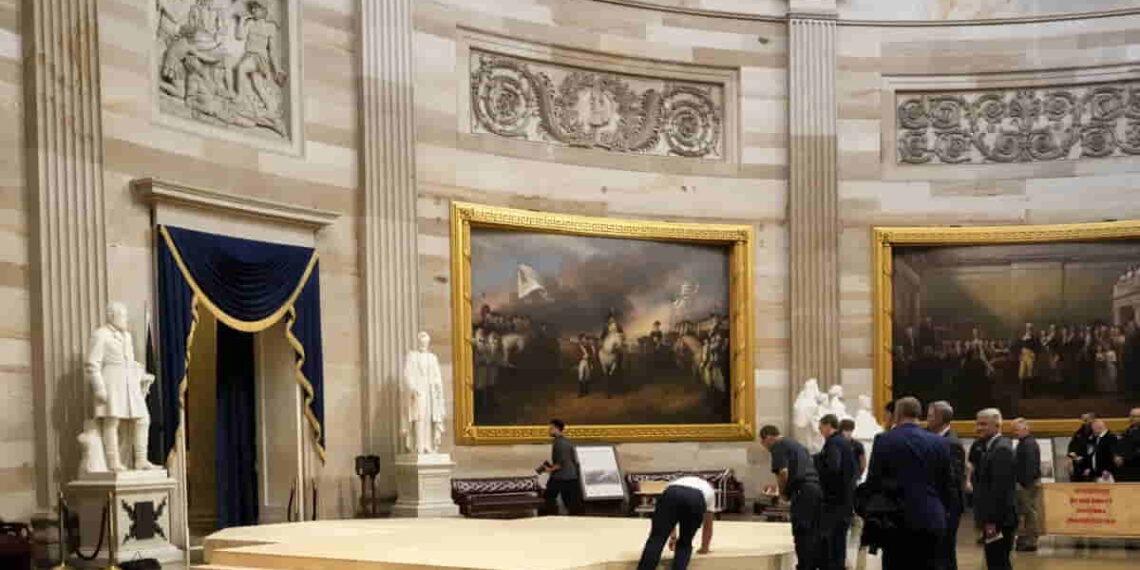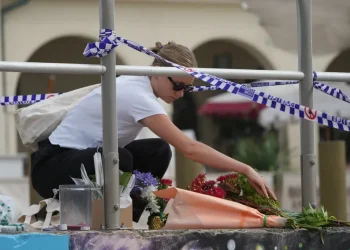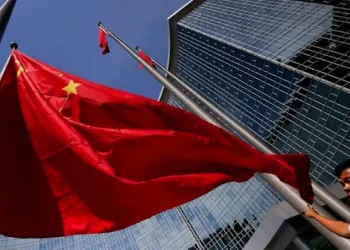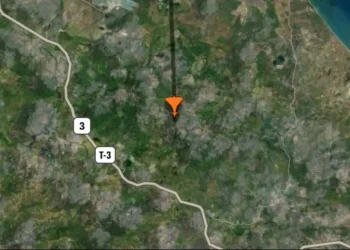Trump’s Swearing-In Moves Inside the Capitol Rotunda Due to Extreme Cold Weather
In a significant change to the planned inaugural events, President-elect Donald Trump will take the oath of office inside the Capitol Rotunda on Monday, citing forecasts of dangerously cold weather. The decision to move the swearing-in indoors comes after months of meticulous planning for a grand outdoor ceremony stretching across the National Mall.
Intense Cold Weather Forces the Change
On his Truth Social platform, Trump addressed the weather concerns: “The weather forecast for Washington, D.C., with the windchill factor, could take temperatures into severe record lows. There is an Arctic blast sweeping the country. I don’t want to see people hurt, or injured, in any way.”
The decision to shift the ceremony to the Rotunda was made in light of an impending Arctic blast, making it the coldest Inauguration Day since 1985. In fact, the last time the swearing-in ceremony was moved indoors was during President Ronald Reagan’s second inauguration, when temperatures were similarly frigid.
Impact on Guests and Plans for Viewers
The Capitol Rotunda is prepared as a backup location for the event in case of inclement weather, but the shift indoors means that many ticketed guests will no longer be able to view the ceremony in person. Over 250,000 guests had been planned to attend, with tens of thousands more expected to gather around the Capitol or along the inaugural parade route.
To accommodate as many attendees as possible, alternate viewing locations have been arranged. Trump mentioned that some supporters would be able to watch the ceremony from the Capital One Arena in Washington, D.C. The arena, which can hold around 20,000 people, will host a modified inaugural parade after the swearing-in ceremony.
Other Inaugural Events Remain On Schedule
Trump reassured the public that other events, including a rally on Sunday and participation in three official inaugural balls on Monday night, would proceed as originally planned. The U.S. Secret Service, responsible for securing the inauguration, is adapting its security plans to reflect the changes in the event’s schedule and location.
Record-Cold Temperatures Expected
The National Weather Service predicts the temperature to be around 22°F (minus-6°C) at noon, during the swearing-in. This marks the coldest temperatures since Reagan’s second inauguration, which saw a record low of 7°F (minus-14°C). In comparison, Barack Obama’s 2009 inauguration occurred with a relatively mild temperature of 28°F (minus-2°C).
Changes to the Ceremony and Viewing Options
The Joint Congressional Committee on Inaugural Ceremonies announced that, at the request of the President-elect and his Inaugural Committee, the event would be moved inside the Capitol Rotunda. While the committee acknowledged the disappointment of those unable to attend in person, they recommended that attendees explore other indoor venues to watch the ceremony.
The Presidential Inaugural Committee is expected to designate official viewing locations and provide further details for the public.
A Historic Venue with a Troubled History
The Capitol Rotunda, a key part of the inauguration, holds significant historical importance. It was also one of the areas breached during the January 6, 2021, insurrection, when Trump supporters attempted to disrupt the certification of the 2020 election results. This change of location places the ceremony in a space associated with both national history and recent turmoil.
Inaugural Traditions and Personal Touches
Earlier on Friday, Trump’s inaugural committee revealed that he would take the oath of office using two family Bibles, one given to him by his mother and the other the Bible used by President Abraham Lincoln during his first inauguration in 1861. Vice President-elect JD Vance will also take his oath on a family Bible passed down from his maternal great-grandmother.
Despite the changes to the location and plans, Trump’s inauguration remains a historic moment, marked by both tradition and adaptation to unforeseen challenges.
This article was rewritten by JournosNews.com based on verified reporting from trusted sources. The content has been independently reviewed, fact-checked, and edited for accuracy, neutrality, tone, and global readability in accordance with Google News and AdSense standards.
All opinions, quotes, or statements from contributors, experts, or sourced organizations do not necessarily reflect the views of JournosNews.com. JournosNews.com maintains full editorial independence from any external funders, sponsors, or organizations.
Stay informed with JournosNews.com — your trusted source for verified global reporting and in-depth analysis. Follow us on Google News, BlueSky, and X for real-time updates.














